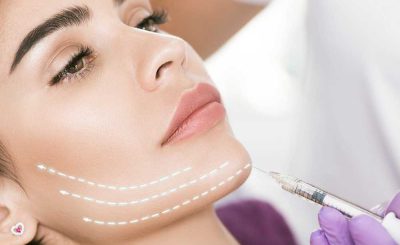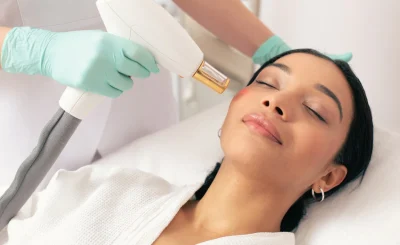Facial pigmentation, a common dermatological condition, presents as darkened patches or spots on the skin, creating an uneven skin tone. This condition, while generally harmless, can be a cosmetic concern for many, prompting the pursuit of effective pigmentation treatment on the face. The causes of pigmentation are varied, ranging from environmental factors to inherent skin processes, and understanding these can significantly aid in selecting the appropriate treatment method.
Sun Exposure
Excessive exposure to the sun is a primary culprit in the development of facial pigmentation. Ultraviolet (UV) rays from the sun stimulate the skin’s melanocytes, which are cells responsible for producing melanin, the pigment that gives skin its color. Overstimulation of these cells can lead to an uneven distribution of melanin, manifesting as sunspots or age spots on exposed areas of the face. Protecting the skin from UV rays with broad-spectrum sunscreen and protective clothing is crucial to both prevent and manage this type of pigmentation.
Hormonal Influences
Another significant cause of pigmentation is hormonal changes, particularly those that occur during pregnancy, with the use of oral contraceptives, or through hormone therapy. This type of pigmentation is commonly known as melasma or chloasma. It is characterized by dark, often symmetrical patches on the face. Hormonal pigmentation is particularly challenging to treat due to its tendency to recur, making ongoing management strategies essential.
Inflammatory Skin Conditions
Post-inflammatory hyperpigmentation (PIH) occurs following skin injury or inflammation. Common triggers include acne, eczema, or any condition that leads to skin trauma. Once the initial injury or inflammation subsides, darker patches may remain on the skin. These are more pronounced in people with darker skin tones due to their higher melanin content.
Picosure Laser: A Modern Solution for Facial Pigmentation
Among the various options for treating facial pigmentation, Picosure laser stands out due to its effectiveness and efficiency. This cutting-edge laser technology utilizes ultra-short pulse bursts of energy to target pigment issues without harming the surrounding tissue. The Picosure laser treatment on the face not only helps in breaking down pigment into smaller particles but also stimulates collagen production, promoting healthier, rejuvenated skin.
How Picosure Laser Treats Pigmentation
The Picosure laser works by emitting light at a specific wavelength that is absorbed primarily by the pigmented areas. This absorption causes the pigment particles to break apart into smaller fragments, which are then cleared away by the body’s immune system. This process not only clears the existing pigmentation but also enhances the overall texture of the skin by encouraging collagen and elastin production.
Picosure Laser: Advanced Treatment for Facial Pigmentation
The Picosure laser offers a superior solution for tackling various types of facial pigmentation through its use of ultra-short pulse bursts that target pigment without damaging surrounding tissues. This innovative approach not only helps clear existing pigmentation but also enhances overall skin health by stimulating collagen production.
Non-Invasive Solution
Picosure laser provides a significant benefit as a non-surgical option for treating facial pigmentation. This aspect is particularly appealing to those seeking effective results without undergoing invasive procedures.
Quick and Convenient Sessions
Picosure treatments are known for their efficiency, often completed in as little as 20 minutes. This quick process, coupled with minimal downtime, allows patients to easily integrate treatment into their busy schedules without significant disruption.
Effectiveness Across Pigmentation Types
One of the most compelling advantages of the Picosure laser is its effectiveness against a wide range of pigmentation issues, including challenging conditions like melasma. Its ability to target and break down pigment particles makes it a versatile tool in pigmentation treatment.
Stimulates Collagen Production
Beyond pigment reduction, the Picosure laser excels in promoting collagen and elastin production, essential components for maintaining skin elasticity and firmness. This benefit leads to not only clearer but also healthier and more youthful-looking skin.
What to Expect During and After Picosure Treatment
Patients undergoing Picosure treatment might feel a mild snapping sensation, but discomfort is typically minimal. Post-treatment, some may experience temporary redness and swelling, but these symptoms generally subside quickly. Protecting the skin from the sun post-treatment is crucial to prevent new pigmentation and to maintain the results of the laser treatment.
Conclusion
The Picosure laser represents a state-of-the-art option in the field of dermatology for effectively treating facial pigmentation. It offers a non-invasive, efficient, and versatile treatment method that not only clears pigmentation but also improves the overall health and appearance of the skin. For individuals striving for a clearer complexion, Picosure provides a promising solution, enhancing both the aesthetic and structural quality of the skin.







